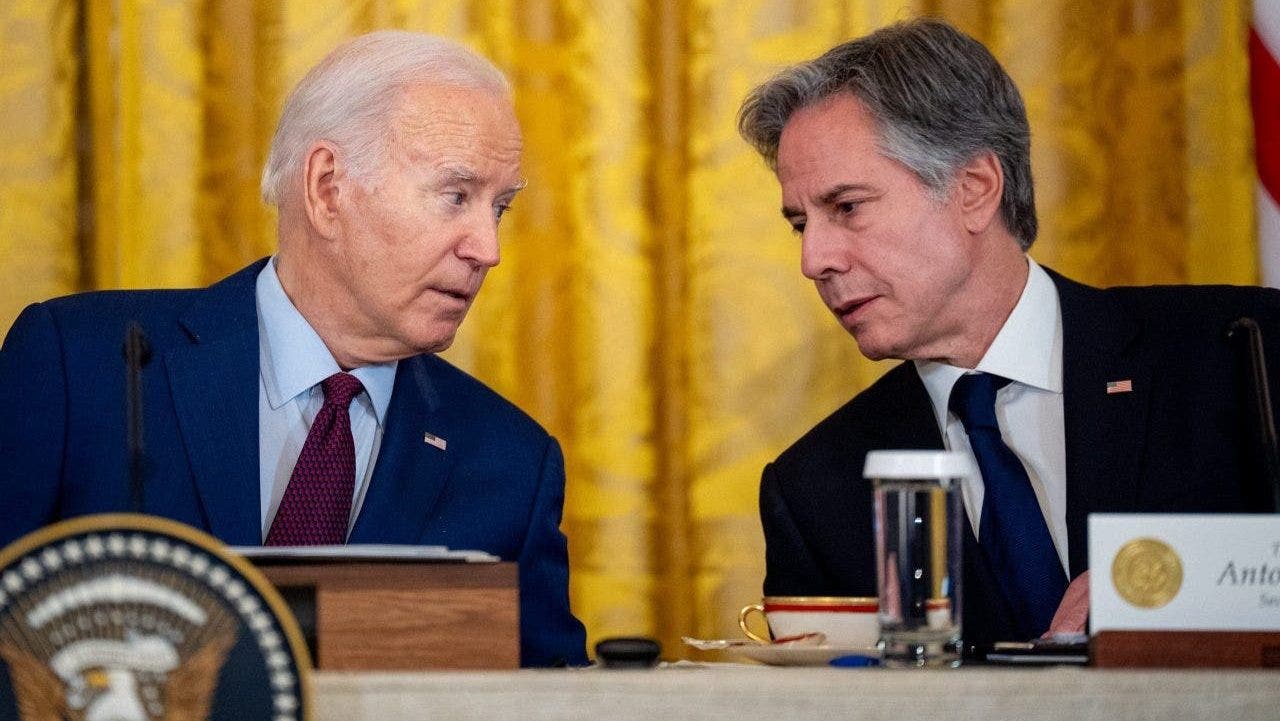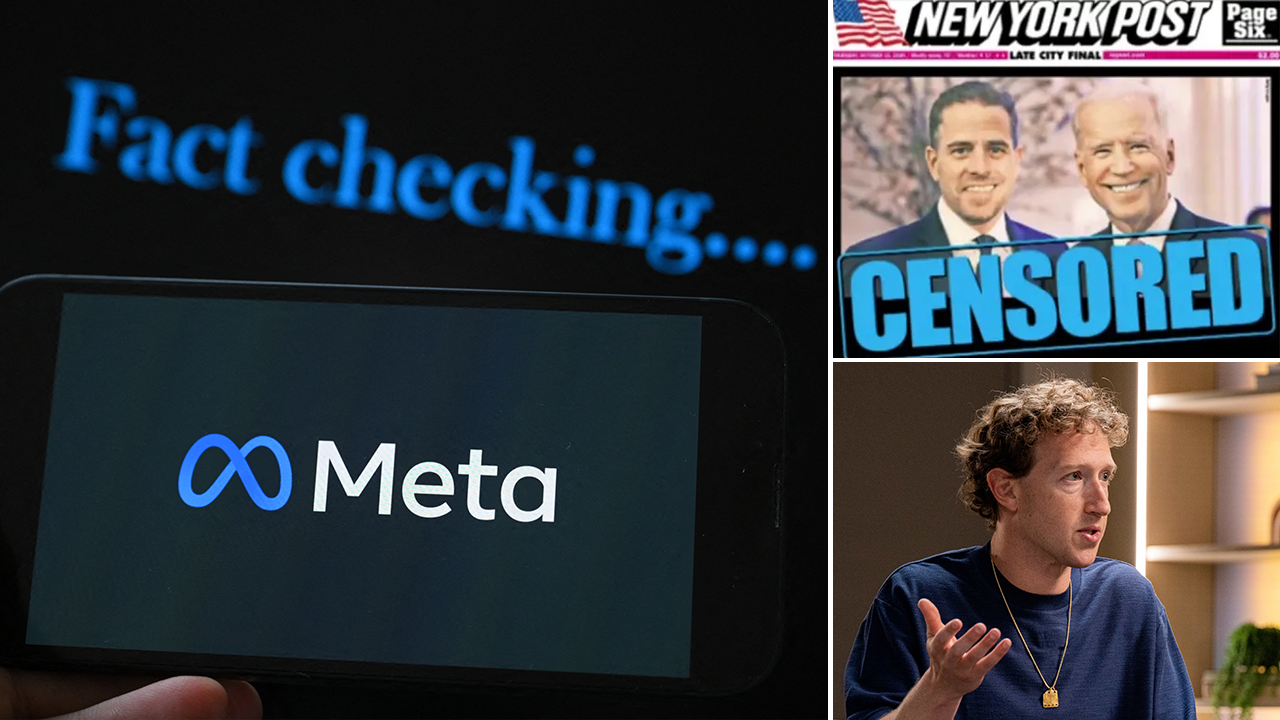As much as the media is trying to induce a collective case of Border Czar amnesia on Americans who clearly remember Kamala Harris being tapped as such, they are out in full defense of her having NUSSINK to do with the wonders of #Bidenomics.
Or, practically nothing.
Are we clear on that?
On Economic Policy, Harris Has Played Limited Role
President Biden has not given his vice president an expansive economic portfolio. But she has engaged on issues of small-business lending, help for parents and more.
Shortly after the Biden administration took office in 2021, Vice President Kamala Harris started calling the chief executives of large banks, including JPMorgan Chase and Bank of America.
The federal government was making hundreds of billions of dollars available for banks to lend to small businesses to keep them afloat during the pandemic recession. Ms. Harris told the executives they needed to be lending more, faster, particularly to minority-owned businesses that data suggested were struggling to gain access to the money.
…Current and former administration officials, progressive leaders outside the White House and allies of Ms. Harris roundly agree that the vice president, who is now the leading candidate to secure the Democratic presidential nomination, did not play a major role in the creation of the sweeping economic legislation that has defined President Biden’s time in office.
Ms. Harris was rarely a loud voice in major economic debates, like the ones over how to counter soaring inflation in 2021 and 2022. She did sometimes attend economic briefings, but was not always a big contributor in them. One attendee recalled her coming to an economic briefing, but simply listening to the presentation while Mr. Biden asked questions.
Other officials say Ms. Harris largely focuses her questions for economists on how certain policies affect workers and families at a personal level — a trait she shares with the president.
See?
Executives and economists all agree that Harris sits quietly in the corner, offers no opinions or plans, and only asks questions about whether certain policies are going to adversely impact the little working-class people she cares so deeply for, just like her big-hearted scrappy Scranton boss.
In other words, she’s had nothing to do with any of it, so don’t be hanging the cost of eggs, interest rates, or a fill-up on her.
…While Ms. Harris has less of a track record on more macroeconomic issues — she is rarely asked about topics like inflation or the overall state of the job market — in 2022 she pointed to corporate profit-taking among oil companies as a driver of price increases.
While many more progressive Democrats say corporate profits are a big reason for rapid inflation, more moderate economists argue that companies always want to raise prices and maximize profits. What has enabled companies to lift prices so rapidly since 2021 is a combination of strong consumer demand and limited supply.
The White House has begun to use the talking point, but at times reluctantly. Progressive groups pushed the Harris campaign this week to lean into the idea that corporate greed has pushed prices up.
“I do think she will be able to make a more nuanced argument about the drivers of inflation,” Ms. Wong said.
Ah. Harris is going to make a “more nuanced” argument.
“Greedy corporations did this to you, not our crapped-out economic policies” is so original, no?
We’ve never heard that before.
Joe Biden ended shrinkflation …by ending stores? pic.twitter.com/fdh05JPquj
— Brendan (@BrendanMcInnis) July 2, 2024
I wonder who will fall for it this year since it’s coming from a fresh mouth, even if it’s the old regime.
While the media has their Scrubbing Bubbles out, the American consumer is under increasing pressure thanks to the administration that spawned *check notes* candidate Harris. Like it or not, she gets to answer for sitting mutely in a corner when #Bidenomics policies – not greedy corporations – are producing conditions like these.
Not only are delinquencies rising, but credit balances are as well, indicating that available cash-on-hand funds to pay immediate expenses like utility bills, etc., are shrinking.
…The recent earnings of the so-called Systemically Important Financial Institutions or SIFI banks showed revolving credit, including credit cards, accounted for nearly two-thirds of the $11.4 billion rise in credit recorded in May. Within this growth, there are stories of consumer stress. BCA Research’s Doug Peta notes that a rise in consumer credit is noteworthy when the labor market is softening and excess savings are dwindling. It may contribute more to consumption growth.
A respite through a rate cut cannot come soon enough for consumers enduring high interest rates. As noted by Charles Ashley, portfolio manager at Catalyst Funds, easing policy requires a delicate balance.
People feel they are treading water if they’re lucky and that getting ahead is impossible at the moment.

The May 2024 Federal Reserve Household Survey bears out the pressure many Americans are under thanks to Biden-Harris polices, particularly the working class people they claim to be so concerned about. That demographic is being crushed.
…Those who did not pay at least one bill in full were asked about several specific bill types. Of these, the most common types of bills people did not pay in full were a water, gas, or electric bill (5 percent) or a phone, internet, or cable bill (4 percent). Across each of these bill types, renters also had higher rates of nonpayment.
Most adults said that price increases made their financial situation worse. Sixty-five percent of adults said that changes in the prices they paid compared with the prior year had made their financial situation worse, including 19 percent who said price changes had made their financial situation much worse. In contrast, 4 percent of adults said that price changes compared with the prior year had made their financial situation better. Thirty-one percent of adults said overall changes in the prices they paid had little to no effect on their financial situation in the last year.
Adults with income under $100,000 were more likely to say that price changes had made their financial situation worse compared with responses from higher-income adults (table 12).29 White and Hispanic adults, adults with a disability, and parents living with their children under age 18 were also more likely to say that changes in prices they paid compared with a year ago had made their financial situation worse.
Most people took some action in response to higher prices. The most common actions were spending changes, including switching to a cheaper product (62 percent of adults), using less of or stopping using a product (61 percent), or delaying a major purchase (48 percent) (table 13). Fortyfive percent of adults reported they reduced savings. Increasing borrowing was less common, as were activities to generate additional income, such as working more or asking for a raise.3
They can’t pay the rent, water, or gas bill, less mind dream about buying a house right now.
BREAKING: Home builders now have 102,000 completed and unsold homes for sale on the market, the highest since 2009, according to Reventure.
This comes at a time when mortgage demand is at its lowest level in nearly 30 YEARS.
Meanwhile, there are a whopping 274,000 new homes… pic.twitter.com/XxMppQOGfK
— The Kobeissi Letter (@KobeissiLetter) July 24, 2024
But they do remember when they could because it was only 4 years ago.
They also remember who was president when times were demonstrably easier for them economically.
Memories do grow fonder over time, particularly when your current situation might be diametrically opposed to what it was just a few short years ago.
People also tend to look askance at those responsible for bringing unpleasantness to their lives, especially when it seems they are being berated constantly for not being more appreciative of the state they find themselves in.
Harris remains the face of this administration’s economy whether she truly sat in a corner or was drawing Venn diagrams on a whiteboard as she lectured Jerome Powell on yield curves.
There’s a picture.
Republicans need to hammer away.
Read the full article here





![Diddy’s Mom’s Wild Parties? Disturbing Backstory Finally Exposed [WATCH] Diddy’s Mom’s Wild Parties? Disturbing Backstory Finally Exposed [WATCH]](https://www.lifezette.com/wp-content/uploads/2024/09/2024.09.20-01.52-lifezette-66ed7e0bb9c10.jpg)


![Race-Based Questions Shut Down by Notre Dame Coach Marcus Freeman After Historic Win [WATCH] Race-Based Questions Shut Down by Notre Dame Coach Marcus Freeman After Historic Win [WATCH]](https://www.lifezette.com/wp-content/uploads/2025/01/2025.01.10-08.06-lifezette-67817dd7a1932.jpg)

